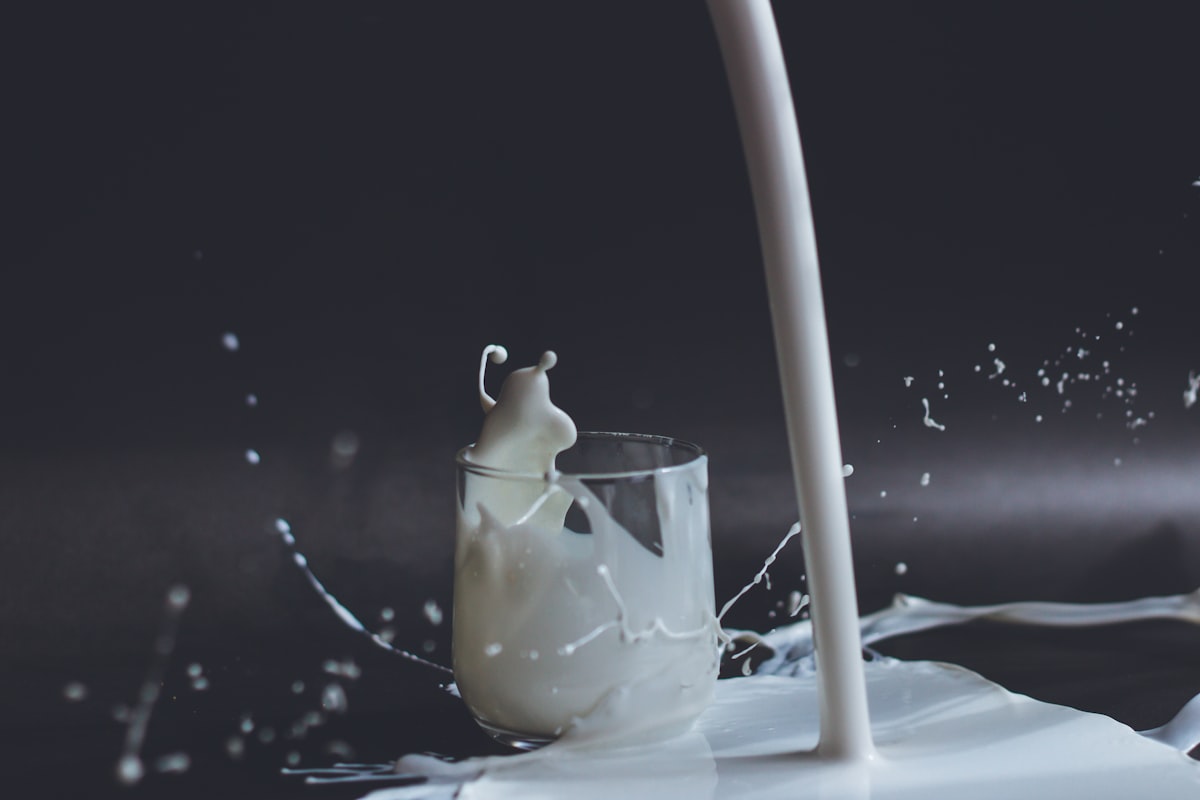What Are the Nutrients in Milk?

Milk contains various nutrients that may not be apparent at first glance. Let's examine the different components of milk and its health benefits. Milk contains calcium, riboflavin, and phosphorus, essential elements in many biological processes. Milk also contains vitamin D, which is added as a public health measure. Fortified milk may contain as much as 12% of the daily recommended vitamin D intake.
Lactose
Lactose is the primary sugar found in milk It also occurs in small amounts in plants and other sources. Lactose was first discovered in 1633, but many fundamental questions remain unanswered. The lactose content of milk is determined by using analytical methods that measure the total carbohydrate content in milk. Previous methods and studies relied on estimating lactose content from the total carbohydrate content in milk and making assumptions regarding lactose content.
Calcium
The calcium in milk is present in both ionized and bound forms. The bound calcium is associated with casein micelles and is complexed with citrate and phosphate. The ionized calcium is present at levels ranging from 1 to 4 millimolar and is many times higher than the calcium postulated for the mammary alveolus. This means an active transport mechanism is necessary to move calcium from the milk's lipids to the mammary alveolus. The process involves the activation of the calcium adenosine triphosphatase enzyme in the secretory vesicle membrane. Calcium adenosine triphosphatases require magnesium ions to function correctly.
Protein
Protein in milk is a significant component of a well-balanced diet. It has numerous beneficial constituents, including peptides that have many health benefits. They are potent modulators of several regulatory processes and exhibit multiple bioactivities. These peptides are released during the digestion, fermentation, and hydrolysis of milk. They are thought to have antimicrobial, anti-inflammatory, and anticarcinogenic properties.
Casein
Beta-casein is the second most abundant protein in cow's milk, making up 30% of the total protein content. It is produced by a gene called CSN2, which is located on chromosome 6q31. It consists of a single polypeptide chain of 209 amino acids with a molecular mass of 24 kD.
Pasteurization
Pasteurization of milk is a method of heat treatment for milk. This treatment prevents pathogen growth by denatured enzymes. It also inhibits the Maillard reaction and caramelization. The heating process increases the pressure in the milk cells.
Nutritional value
Milk is a liquid food that contains many essential nutrients. It is produced by mammary glands in mammals and is the primary source of nutrition for young mammals. It provides the body with essential immune factors and immune-modulating components.



